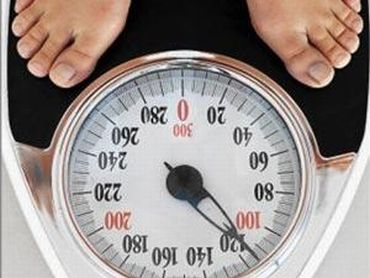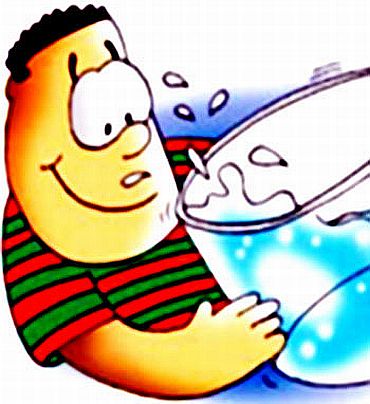
One of the most common frustrations in weight loss is when all progress halts, despite the fact that you are diligently following your plan. Here's what to do when you suffer such a setback.
You have been steadily dropping pounds for weeks, maybe even a month or more, and all of a sudden you hit an impasse. The weight loss plateau is a common experience for most dieters, but you can overcome it.
Why do you stop losing weight despite a continued effort?
A weight loss plateau occurs because your body thinks there is a famine and has slowed down your metabolism in order to conserve calories. This roadblock often occurs just after your initial weight loss, and again when you can't seem to lose those last few pounds.
What causes a weight loss plateau?
A plateau may occur because of these reasons:

The good news is that you can break through your weight loss plateau with a little determination. Try the following tips:
Calorie intake
You may need fewer calories to sustain your lower weight. But you can't starve yourself too much as it will make your metabolism come to a halt. Check that your diet is balanced and provides you with at least 1,200 calories. If you are eating 3 big regular meals each day, opt to have 5 smaller meals. This doesn't mean you will be eating more food, but breaking it into more meals. Eating frequently controls your appetite, boosts your metabolic rate and stabilises your blood sugar.
Carb cycling
Carb cycling is a dieting method that includes alternating high carb days, low carb days and no carb days. This helps your body to burn fat at a higher rate on the lower carb days and then replenish your carbs on higher days. This also keeps your metabolism from slowing down.

You can use a diary to count every bite you take and see you are not falling back into the old habits. It's usually the little things like a small bite here or a slightly larger snack there that make all the difference. Be sure to note honestly what the food was, how much you ate, where you ate, and your level of hunger. You'll have a better idea of how much you're really eating. It will also make you think twice before going overboard.
Exercise more
Try increasing the amount of time you exercise, or the intensity of your exercise, or even changing your exercise routine. If you normally exercise for 30 minutes, increase it by an additional 15-20 minutes. If you usually cover 4-5 kilometres every time you run, try to make one of your runs a longer one. If you walk a lot, try jogging, swimming or cycling. Try doing short bursts of intense exercises for one to two minutes followed by small rest periods.

Add strength training to your workout as it will help you to strengthen bone tissue, boost your metabolism, and build lean muscle mass all at the same time.
Be patient
Remember that experiencing a plateau doesn't necessarily mean that you did anything wrong. Take a few weeks to allow your body to adjust to the weight you've lost and stabilise, without trying to lose more weight. Your weight loss plateau will disappear but it typically takes anywhere between 1-4 weeks.

Change is one of your best weapons against the plateau. Switching routines not only gets you out of a rut, it helps you avoid them altogether. Change can come in many forms such as your bedtime, amount of sleep, eating patterns, types of food you eat, adding more weight to exercise routines and increasing the speed of your exercises. Sometimes, changing one or two of your normal patterns is enough to trigger new weight loss.
Drink more water
It's vitally important to replenish your fluids by drinking plenty of water on your weight loss programme. Also, drinking a glass of water before you eat something will ensure that you eat less.
By shaking things up a bit and varying your programme by introducing some new elements, you'll likely find yourself off the plateau and back on the road to progress in no time.